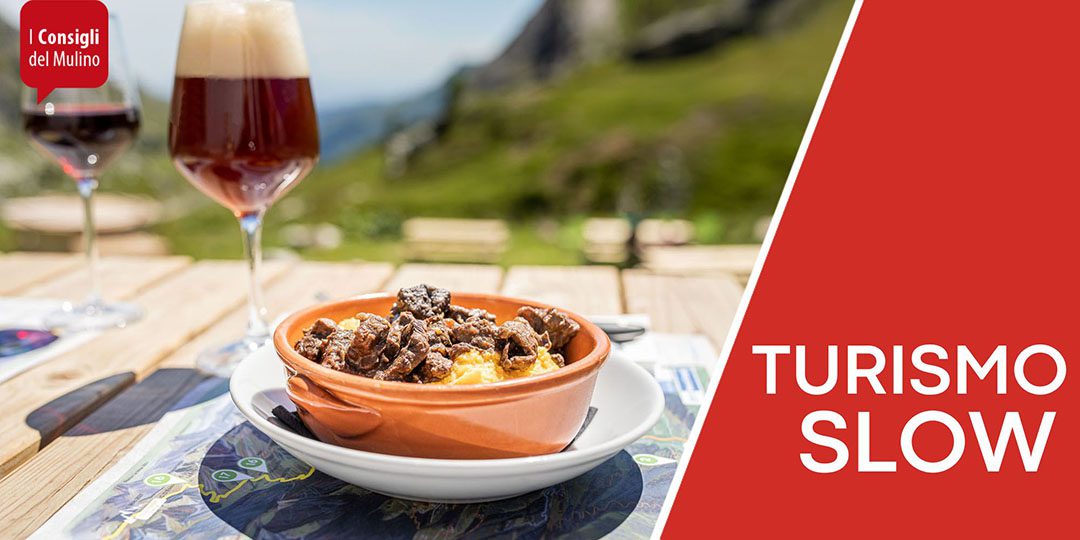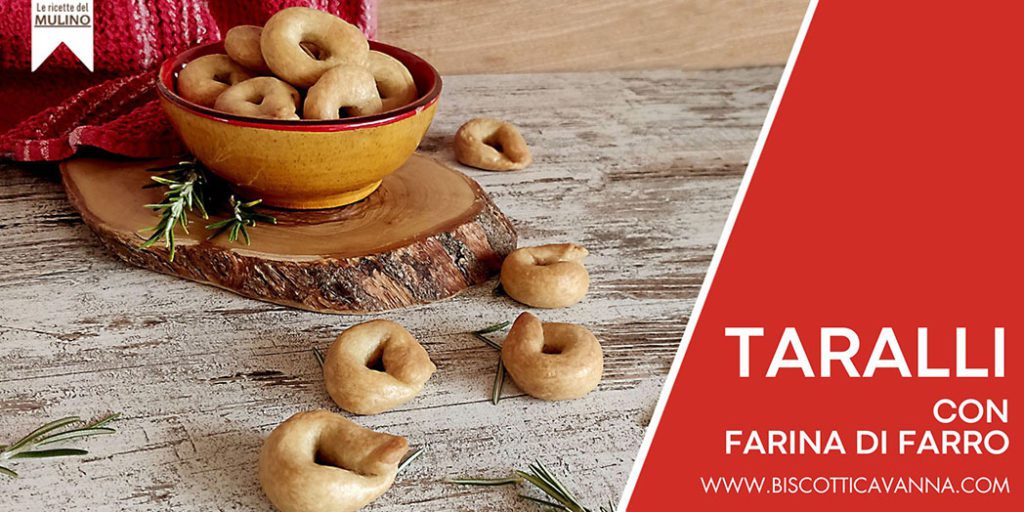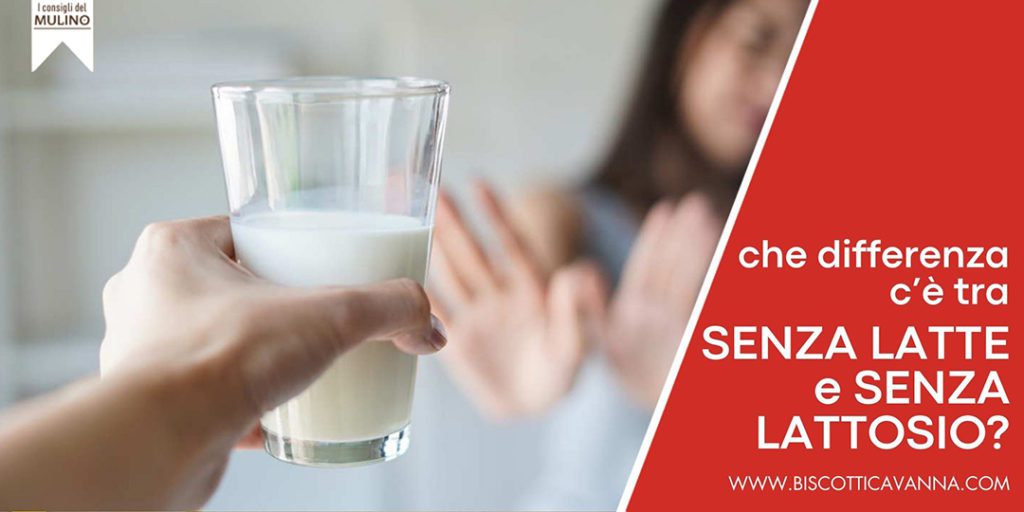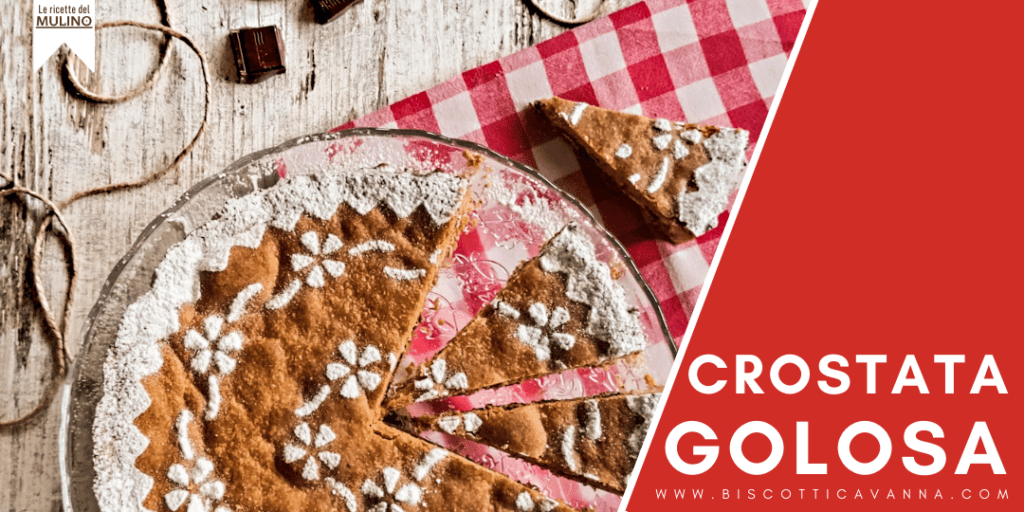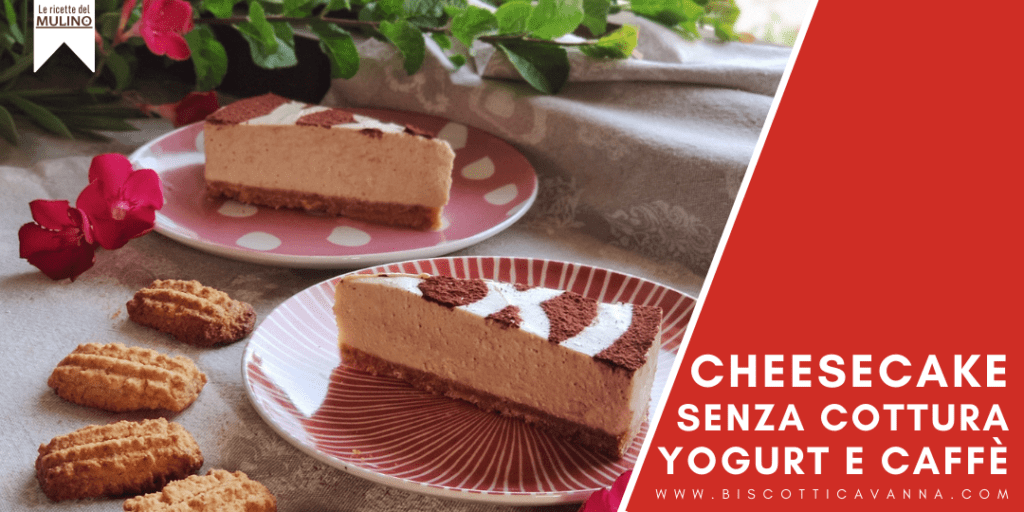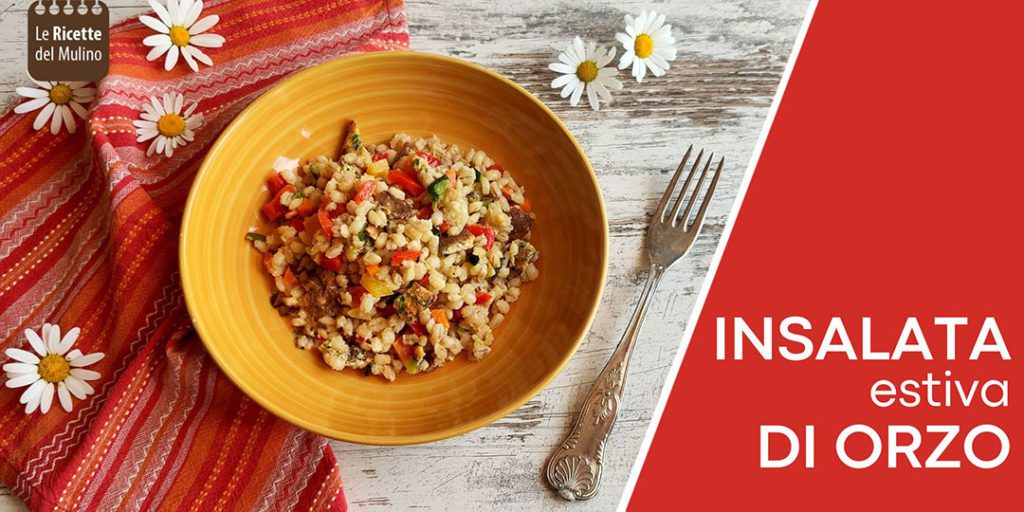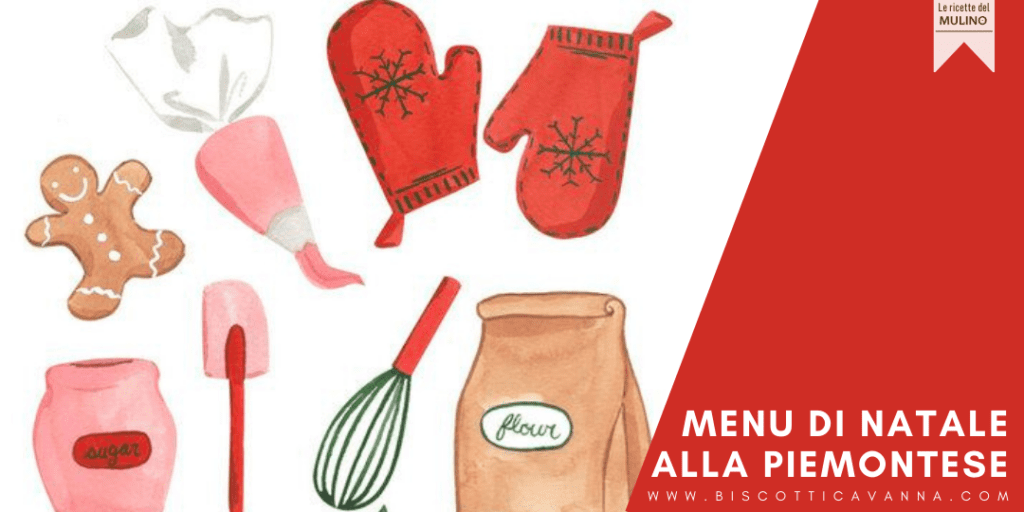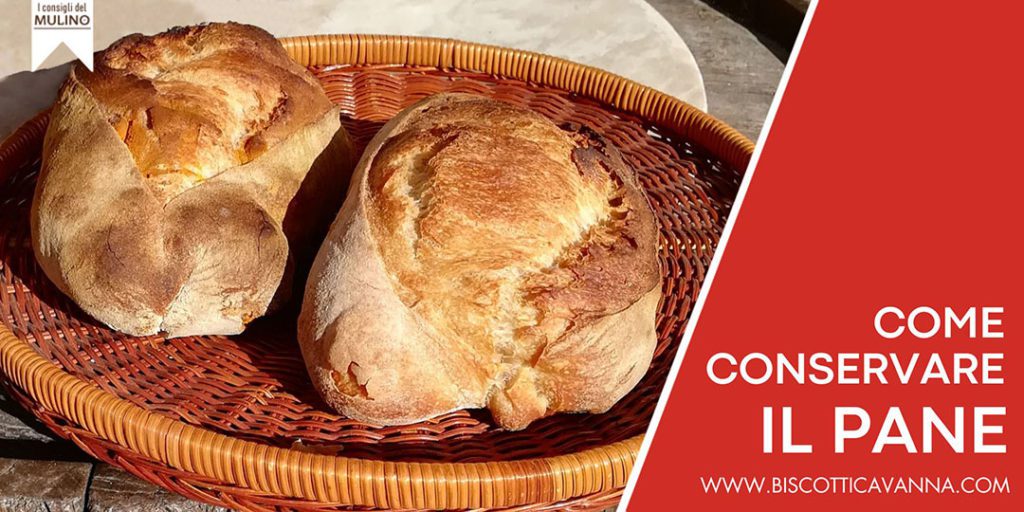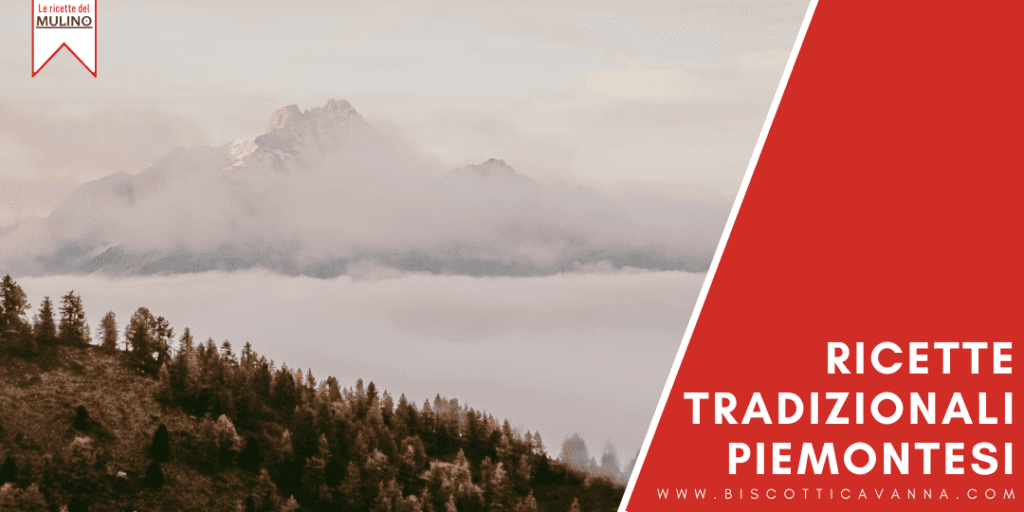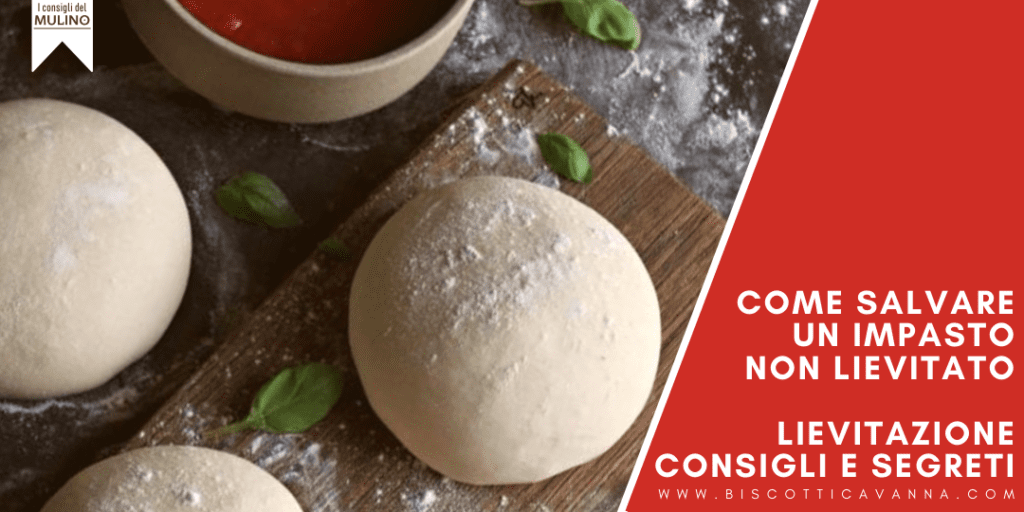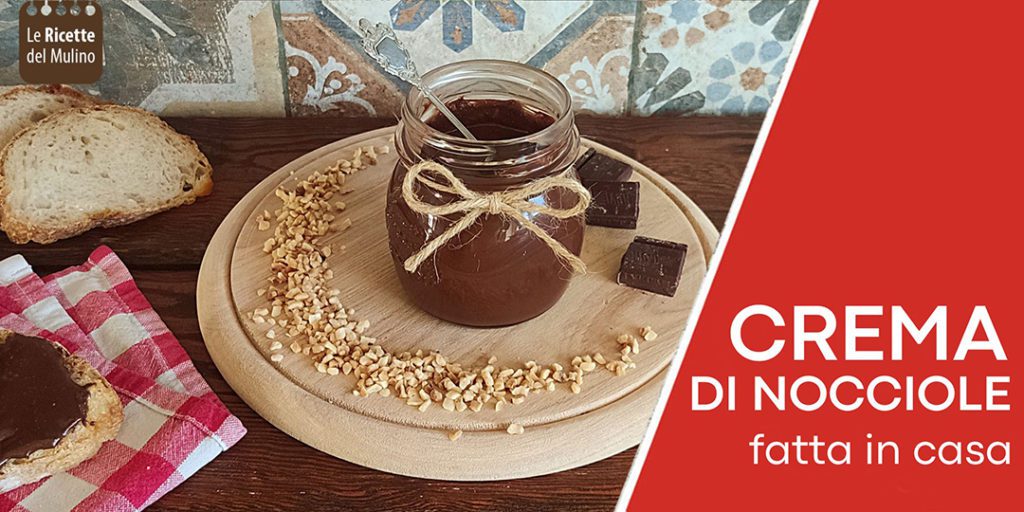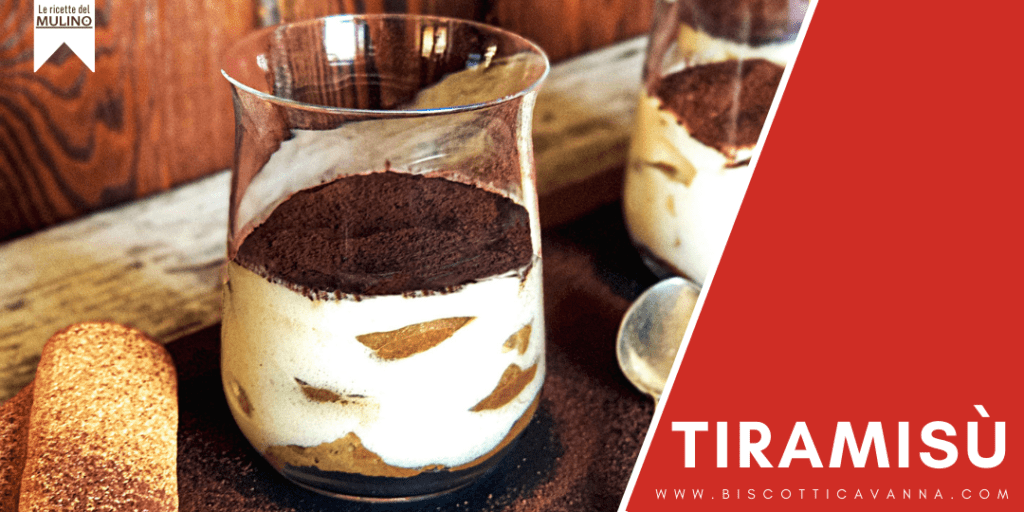The rediscovery of authentic and unspoiled places.
A different travel philosophy than usual, a new way of traveling by immersing yourself in the territories where you are hosted.
We are lucky enough to live in a place, in an area where there are many authentic realities, where you can breathe the tradition of a time gone by, where you can taste typical products and enjoy spectacular views.
In the valleys of the Cuneo region, this new way of traveling finds bread for its teeth.
Each valley has its own traditions, customs, and recipes: from the Maritime Alps to the Cottian Alps, each valley differs in mountain landscapes and hamlets, festivals with Occitan music and dancing.
To be discovered one after the other, savoring each experience with slowness and respect for the environment.
In the valleys of Cuneo, tourism is slow.
In the article you will find:
- What is meant by slow tourism
- Difference between slow tourism and sustainable tourism
- Maira Valley: an example of slow tourism
- Gastronomic experiences in the valleys of the Cuneo region
- Map of Cavanna products at high altitude
WHAT IS MEANT BY SLOW TOURISM
It all began in the food sector, in the second half of the 1980s, when Carlo Petrini, a gastronome and writer, founded the Slow Food gastronomic movement. From there, the idea of slowness as the need to taste, savor, and stop to immerse oneself in experience, spread to many other areas such as Tourism.
Slow Tourism was born out of a desire to take a break from the hectic pace of everyday life.
As the term itself indicates it is slow tourism i.e., a new way of traveling that pays attention to details, taking tourists to discover hidden places, different cultures and local products, while fully respecting the environment.
This philosophy focuses on theexperience slow and in-depth experience that allows you to totally immerse yourself in the territory in which you are a guest, but also on the sustainability that is, zero impact on the environment, such as using local or low-polluting means of transportation such as a bicycle might be, consuming local products and supporting local businesses and artisans.
This is not a standard vacation dictated by set programs where one sees as many monuments/attractions as possible but without grasping their true meaning, where one constantly follows schedules for visits or meals; the destinations are not the standardized chaotic and crowded ones but are real places to be rediscovered with quality experiences, in a slow way, taking the time it takes to grasp every nuance.
Types of slow-paced travel include:
- Trekking/hiking
- Tours and travel by bicycle, mountain bike, e-bike
- Backpacking trips
- Travel on the road, including by personal automobile or caravan
- Religious and spiritual tourism
- Cultural tourism
- Food and wine tourism
DIFFERENCE BETWEEN SLOW TOURISM AND SUSTAINABLE TOURISM
Sustainable Tourism means responsible travel that aims to protect the environment, preserve local cultures and support communities.
In 1995, the first Sustainable Tourism Charter was drafted outlining an international framework, then in 2005 sustainable tourism was recognized by the UN as one of the indicated means to achieve the goals ofAgenda 2030.
This form of tourism is based on some essential principles:
- environmental responsibility, which means reducing ecological impact and preserving the natural resources of the places you visit;
- Sociocultural responsibility, that is, implementing behaviors that have positive effects on host communities;
- Protection of artistic, cultural and traditionalheritage;
- economic responsibility, i.e., making choices that have an impact on the local economy but are always guided by long-term sustainability.
Slow tourism is also close to all these themes and in many cases the two modes coincide. The only difference lies in the “engine” of Slow Tourism, which is less about respecting nature or the ecology of the place and more about building an authentic and truly meaningful travel experience in all respects.
VALLE MAIRA: AN EXAMPLE OF SLOW TOURISM
We are in the Alpine arc of Piedmont, particularly in the Cottian Alps: the Maira Valley has managed to preserve itself from concrete and practices that hurt the mountains, such as ski lifts; it is free, green and unspoiled. It has thus maintained an ancient, silent and welcoming soul, where one breathes in art, history, archaeology at every step and is transported to the traditional Occitan atmosphere that envelops the folk festivals. The perfect place to venture into any outdoor sport (hiking, MTB, e-MTB, snowshoeing, ski mountaineering, cross-country skiing, horseback riding) discover hidden paradises and enjoy an unparalleled geological landscape. The ideal place for Slow Tourism, where you can have unique experiences.  Most of the accommodations are old hamlets or houses, renovated respecting the Valley’s architecture in a sustainable way. Often those who choose the Maira Valley also do so because they are looking for a low-impact vacation. Facilities were also ranked in terms of sustainability, assigning them from 1 to 3 leaves based on the number of requirements achieved. And right in the Maira Valley we have a noteworthy symbol of culture, tradition and sustainability: the Riviera Mill in Dronero. From the late 15th century, still functioning today by water power alone! An original mill that transforms local grains into quality, stone-ground flours, which will in turn be processed into cookies, typical local products.
Most of the accommodations are old hamlets or houses, renovated respecting the Valley’s architecture in a sustainable way. Often those who choose the Maira Valley also do so because they are looking for a low-impact vacation. Facilities were also ranked in terms of sustainability, assigning them from 1 to 3 leaves based on the number of requirements achieved. And right in the Maira Valley we have a noteworthy symbol of culture, tradition and sustainability: the Riviera Mill in Dronero. From the late 15th century, still functioning today by water power alone! An original mill that transforms local grains into quality, stone-ground flours, which will in turn be processed into cookies, typical local products.
GASTRONOMIC EXPERIENCES IN THE VALLEYS OF THE CUNEO AREA
How great is it to set out in the morning backpacking, walking on mountain trails and reaching a place where nature reigns in all its glory?
If you then find a good hot dish full of local flavors, even better. In our valleys there are many places where you can find polenta topped with alpine cheeses, with sauce and stew, with game, or first courses such as ravioles (typical elongated gnocchi) or handmade agnolotti with stone-ground flours. You can find breads and baked goods made with wholesome ingredients and quality whole grain flours.
👇 HIGH ALTITUDE HOLLOW 👇
All you have to do is choose the valley to visit, the road to travel, and the place to stop for refreshments. Here you will find the interactive map with all our friends at high altitude, at which to taste dishes with Cavanna ingredients (such as Polenta di Mais or Taragna, a must in the mountains at any attitude!). p.s. you can save this map on your phone to always have it at your fingertips
Cover photo: Fauniera Refuge, Val Grana
👉 Learn more about our Green Philosophy 👉 Try making your own Polenta by following Our Tips for the Perfect Polenta

